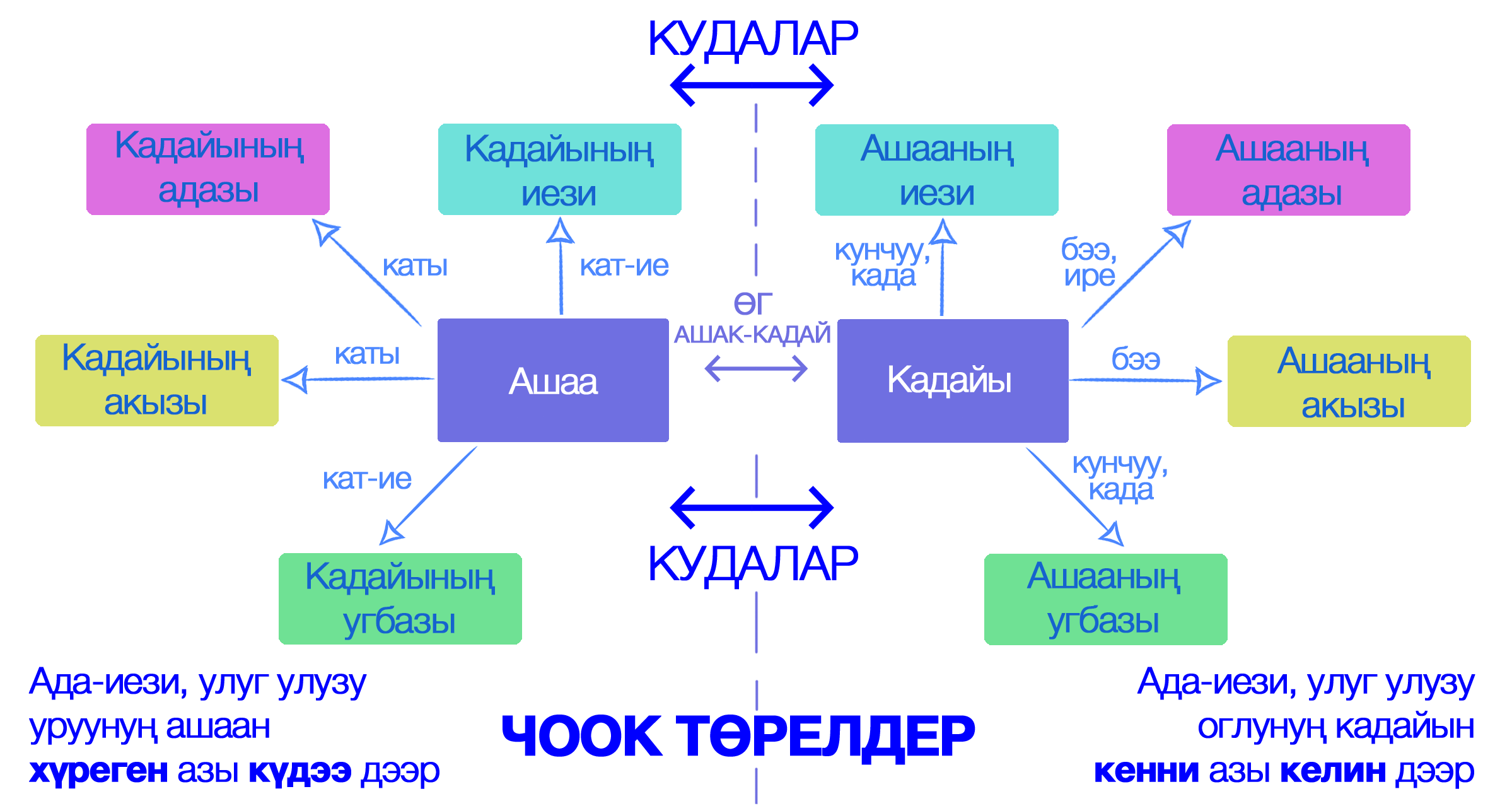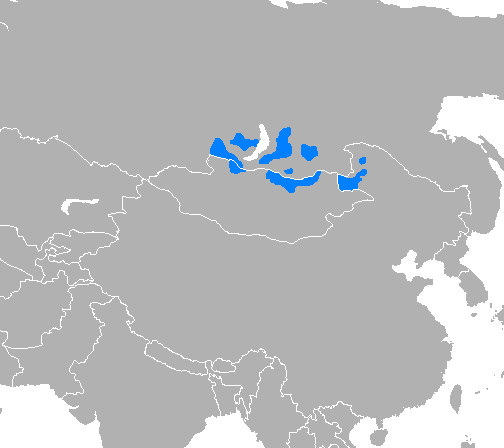|
Enisei River
The Yenisey (russian: Енисе́й, ''Yeniséy''; mn, Горлог мөрөн, ''Gorlog mörön''; Buryat: Горлог мүрэн, ''Gorlog müren''; Tuvan: Улуг-Хем, ''Uluğ-Hem''; Khakas: Ким суғ, ''Kim suğ''; Ket: Ӄук, ''Quk''; Nenets: Ензя-ям’, ''Enzja-jam''), also romanised as Yenisei, Enisei, or Jenisej, is the fifth-longest river system in the world, and the largest to drain into the Arctic Ocean. Rising in Mungaragiyn-gol in Mongolia, it follows a northerly course before draining into the Yenisey Gulf in the Kara Sea. The Yenisey divides the Western Siberian Plain in the west from the Central Siberian Plateau to the east; it drains a large part of central Siberia. It is the central one of three large Siberian rivers that flow into the Arctic Ocean (the other two being the Ob and the Lena). The maximum depth of the Yenisey is and the average depth is . The depth of river outflow is and inflow is . Geography The Yenisey proper, from ... [...More Info...] [...Related Items...] OR: [Wikipedia] [Google] [Baidu] |
Yenisei Kyrgyz
The Yenisei Kyrgyz ( otk, 𐰶𐰃𐰺𐰴𐰕:𐰉𐰆𐰑𐰣, Qyrqyz bodun), were an ancient Turkic peoples, Turkic people who dwelled along the upper Yenisei River in the southern portion of the Minusinsk Depression from the 3rd century BCE to the 13th century CE. The heart of their homeland was the forested Tannu-Ola mountains, Tannu-Ola mountain range (known in ancient times as the Lao or Kogmen mountains), in modern-day Tuva, just north of Mongolia. The Sayan mountains were also included in their territory at different times. The Yenisei Kyrgyz Khaganate, Kyrgyz Khaganate existed from 550 to 1219 CE; in 840, it took over the leadership of the Uyghur Khaganate, Turkic Khaganate from the Uyghur Khaganate, Uyghurs, expanding the state from the Yenisei territories into Central Asia and the Tarim Basin. History The Yenisei Kyrgyz correlated with :ru:Чаатас, Čaatas culture and may perhaps be correlated to the Tashtyk culture. Their endonym was variously transcribed in ... [...More Info...] [...Related Items...] OR: [Wikipedia] [Google] [Baidu] |
Yeniseysk
Yeniseysk ( rus, Енисейск, p=jɪnʲɪˈsʲejsk) is a town in Krasnoyarsk Krai, Russia, located on the Yenisei River. Population: 20,000 (1970). History Yeniseysk was founded in 1619 as a stockaded town—the first town on the Yenisei River. It played an important role in Russian colonization of East Siberia in the 17th–18th centuries. Its location is due to the Siberian River Routes from the Urals, up the Ob, up the Ket River and over a portage to Yeniseysk and from there to the Yenisei basin. It became less important due to road and rail building further south. Its old town is included by the Russian government in the country's tentative World Heritage List. Administrative and municipal status Within the framework of administrative divisions, Yeniseysk serves as the administrative center of Yeniseysky District, even though it is not a part of it.Law #10-4765 As an administrative division, it is incorporated separately as the krai town of Yeniseysk—an administrat ... [...More Info...] [...Related Items...] OR: [Wikipedia] [Google] [Baidu] |
Tuvan Language
Tuvan or Tyvan (Tuvan: , ''tyva dyl'', ) is a Turkic language spoken in the Republic of Tuva in South-Central Siberia in Russia. The language has borrowed a great number of roots from the Mongolian language, Tibetan and the Russian language. There are small diaspora groups of Tuvan people that speak distinct dialects of Tuvan in the People's Republic of China and in Mongolia. History While this history focuses on mostly the people of Tuva, many linguists argue that language is inevitably intertwined with the socio-historical situation of a language itself. The earliest record of Tuvan is from the early 19th century by ''Wūlǐyǎsūtái zhìlüè'' (), Julius Klaproth 1823, Matthias Castrén 1857, Katanov and Vasily Radlov, etc. The name Tuva goes back as early as the publication of ''The Secret History of the Mongols''. The Tuva (as they refer to themselves) have historically been referred to as Soyons, Soyots or Uriankhais. The Tuvan people have been ruled by China, Rus ... [...More Info...] [...Related Items...] OR: [Wikipedia] [Google] [Baidu] |
Buryat Language
Buryat, or Buriat (; Buryat Cyrillic: , , ), known in foreign sources as the Bargu-Buryat dialect of Mongolian, and in pre-1956 Soviet sources as Buryat-Mongolian,In China, the Buryat language is classified as the Bargu-Buryat dialect of the Mongolian language. is a variety of the Mongolic languages spoken by the Buryats and Bargas that is classified either as a language or major dialect group of Mongolian. Geographic distribution The majority of Buryat speakers live in Russia along the northern border of Mongolia where it is an official language in the Buryat Republic and was an official language in the former Ust-Orda Buryatia and Aga Buryatia autonomous okrugs. In the Russian census of 2002, 353,113 people out of an ethnic population of 445,175 reported speaking Buryat (72.3%). Some other 15,694 can also speak Buryat, mostly ethnic Russians. Buryats in Russia have a separate literary standard, written in a Cyrillic alphabet. It is based on the Russian alphabet with thr ... [...More Info...] [...Related Items...] OR: [Wikipedia] [Google] [Baidu] |
Nizhnyaya Tunguska
The Nizhnyaya Tunguska ( rus, Ни́жняя Тунгу́ска, p=ˈnʲiʐnʲɪjə tʊnˈɡuskə, meaning "Lower Tunguska") is a river in Siberia, Russia, that flows through the Irkutsk Oblast and the Krasnoyarsk Krai. The river is a right tributary of the Yenisey joining it at Turukhansk (see Siberian River Routes). Settlements on the river include Tura, Yukti and Simenga. The ice-free period on the ''Nizhnyaya Tunguska'' starts in mid-June and ends in the first half of October. The river forms the western limit of the Lena Plateau. Hydrography The Nizhnyaya Tunguska is the second largest right tributary of the Yenisey, and joins it near the town of Turukhansk. It is long, and has a drainage basin of . According to the character of the stream, constitution of the river's valley and its shores, it can be divided into two parts: the first one starts at the source of the river and continues down to the village Preobrazhenskoye and the second section of the river lies downstream ... [...More Info...] [...Related Items...] OR: [Wikipedia] [Google] [Baidu] |
Podkamennaya Tunguska
The Podkamennaya Tunguska (russian: Подкаменная Тунгуска, literally ''Tunguska under the stones''; evn, Дулгу Катэнӈа, Ket: Ӄо’ль) also known as ''Middle Tunguska'' or ''Stony Tunguska'', is a river in Krasnoyarsk Krai, Russia. History In 1908, an asteroid impacted near the river and later became known as the Tunguska event. In popular culture The river was the set location in the Call of Duty: Black Ops Escalation DLC map, ''Call of The Dead.'' See also *List of rivers of Russia Russia can be divided into a European and an Asian part. The dividing line is generally considered to be the Ural Mountains. The European part is drained into the Arctic Ocean, Baltic Sea, Black Sea, and Caspian Sea. The Asian part is drained into ... References External links * Rivers of Krasnoyarsk Krai {{Russia-river-stub ... [...More Info...] [...Related Items...] OR: [Wikipedia] [Google] [Baidu] |
Angara
The Angara ( Buryat and mn, Ангар, ''Angar'', "Cleft"; russian: Ангара́, ''Angará'') is a major river in Siberia, which traces a course through Russia's Irkutsk Oblast and Krasnoyarsk Krai. It drains out of Lake Baikal and is the headwater tributary of the Yenisey. It is long, and has a drainage basin of . It was formerly known as the Lower or Nizhnyaya Angara (distinguishing it from the Upper Angara). Below its junction with the Ilim, it was formerly known as the Upper Tunguska (russian: Верхняя Тунгуска, ''Verkhnyaya Tunguska'', distinguishing it from the Lower Tunguska) and, with the names reversed, as the Lower Tunguska. Course Leaving Lake Baikal near the settlement of Listvyanka, the Angara flows north past the Irkutsk Oblast cities of Irkutsk, Angarsk, Bratsk, and Ust-Ilimsk. It then crosses the Angara Range and turns west, entering Krasnoyarsk Krai, and joining the Yenisey near Strelka, south-east of Lesosibirsk. Dams and reservoirs ... [...More Info...] [...Related Items...] OR: [Wikipedia] [Google] [Baidu] |
Arctic Ocean
The Arctic Ocean is the smallest and shallowest of the world's five major oceans. It spans an area of approximately and is known as the coldest of all the oceans. The International Hydrographic Organization (IHO) recognizes it as an ocean, although some oceanographers call it the Arctic Mediterranean Sea. It has been described approximately as an estuary of the Atlantic Ocean. It is also seen as the northernmost part of the all-encompassing World Ocean. The Arctic Ocean includes the North Pole region in the middle of the Northern Hemisphere and extends south to about 60°N. The Arctic Ocean is surrounded by Eurasia and North America, and the borders follow topographic features: the Bering Strait on the Pacific side and the Greenland Scotland Ridge on the Atlantic side. It is mostly covered by sea ice throughout the year and almost completely in winter. The Arctic Ocean's surface temperature and salinity vary seasonally as the ice cover melts and freezes; its salinity is t ... [...More Info...] [...Related Items...] OR: [Wikipedia] [Google] [Baidu] |
Yenisey Gulf
The Yenisey Gulf (russian: Енисейский залив, ''Yeniseysky zaliv'') is a large and long estuary through which the lower Yenisey flows into the Kara Sea. The Yenisey Gulf and its islands belong to the Krasnoyarsk Krai administrative division of the Russian Federation and is part of the Great Arctic State Nature Reserve, the largest nature reserve of Russia. The Willem Barents Biological Station is a Polar station located northeast of Meduza Bay, at the northern end of the mouth of the Yenisey (). Geography The Yenisey Gulf is formed by the river widening to an average of for up to in a roughly north-south direction, between a latitude of 70° 30′ N in the area around Munguy settlement, north of Dudinka. The whole region of the lower Yenisey is bleak and sparsely inhabited, and the settlements are built on permafrost ground. There is no vegetation except for mosses, lichens and some grass. Coastal waters are habitats for beluga whales. The maximum depth of the Y ... [...More Info...] [...Related Items...] OR: [Wikipedia] [Google] [Baidu] |
Khangai Mountains
The Khangai Mountains ( mn, Хангайн нуруу, Hangain nuruu, ); form a mountain range, range in central Mongolia, some west of Ulaanbaatar. Name Two provinces of Mongolia are named after the Khangai mountains: Arkhangai (North Khangai) and Ovorkhangai (South Khangai). The mild climate area where the two provinces meet (in eastern Khangai) is known as the cradle of Mongolian and nomadic civilization. The plains at the foot of the eastern Khangai host the Orkhon Valley, Orkhon Valley World Heritage Site. The Xiongnu capital Luut Khot (Lungcheng), the Xianbei state, Xianbei capital Ordo and the Rouran capital Moomt (Mume) are said to have been located there. Later empires also established their capitals there: e.g. the Uyghur Khaganate (745–840) built their capital Ordu-Baliq in the region. Features The tallest mountain is Otgontenger ( "Youngest sky"), which is about 4,000 metres tall. It is revered by the Mongols and state ceremonies are held there. Suvraga Khairkha ... [...More Info...] [...Related Items...] OR: [Wikipedia] [Google] [Baidu] |







